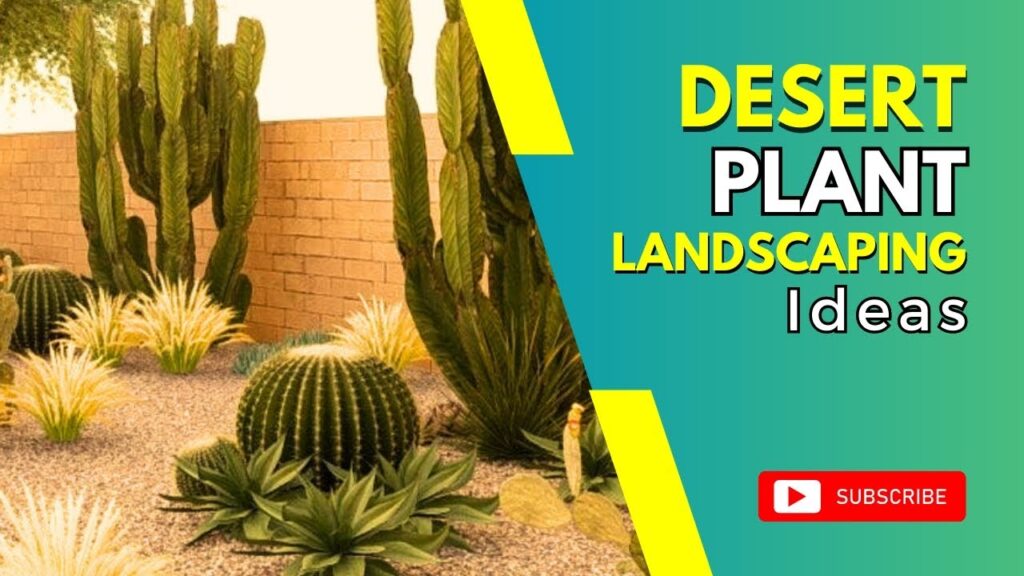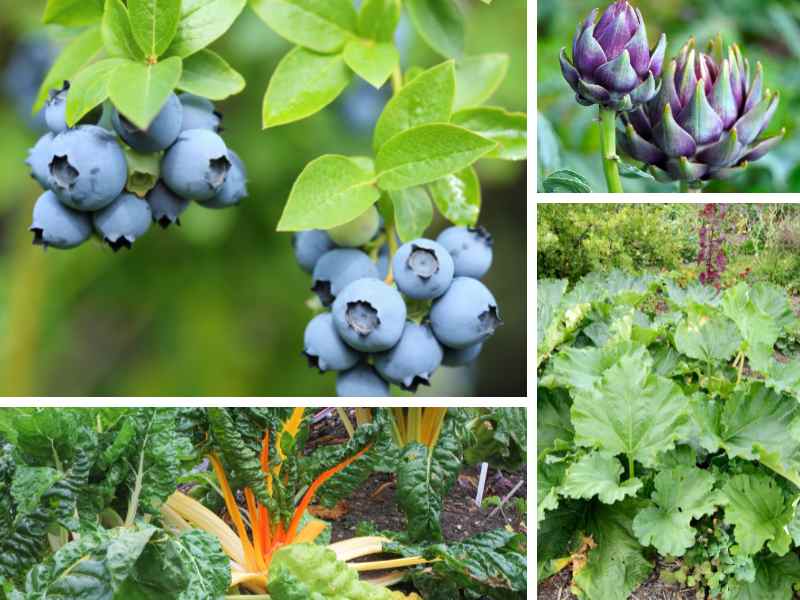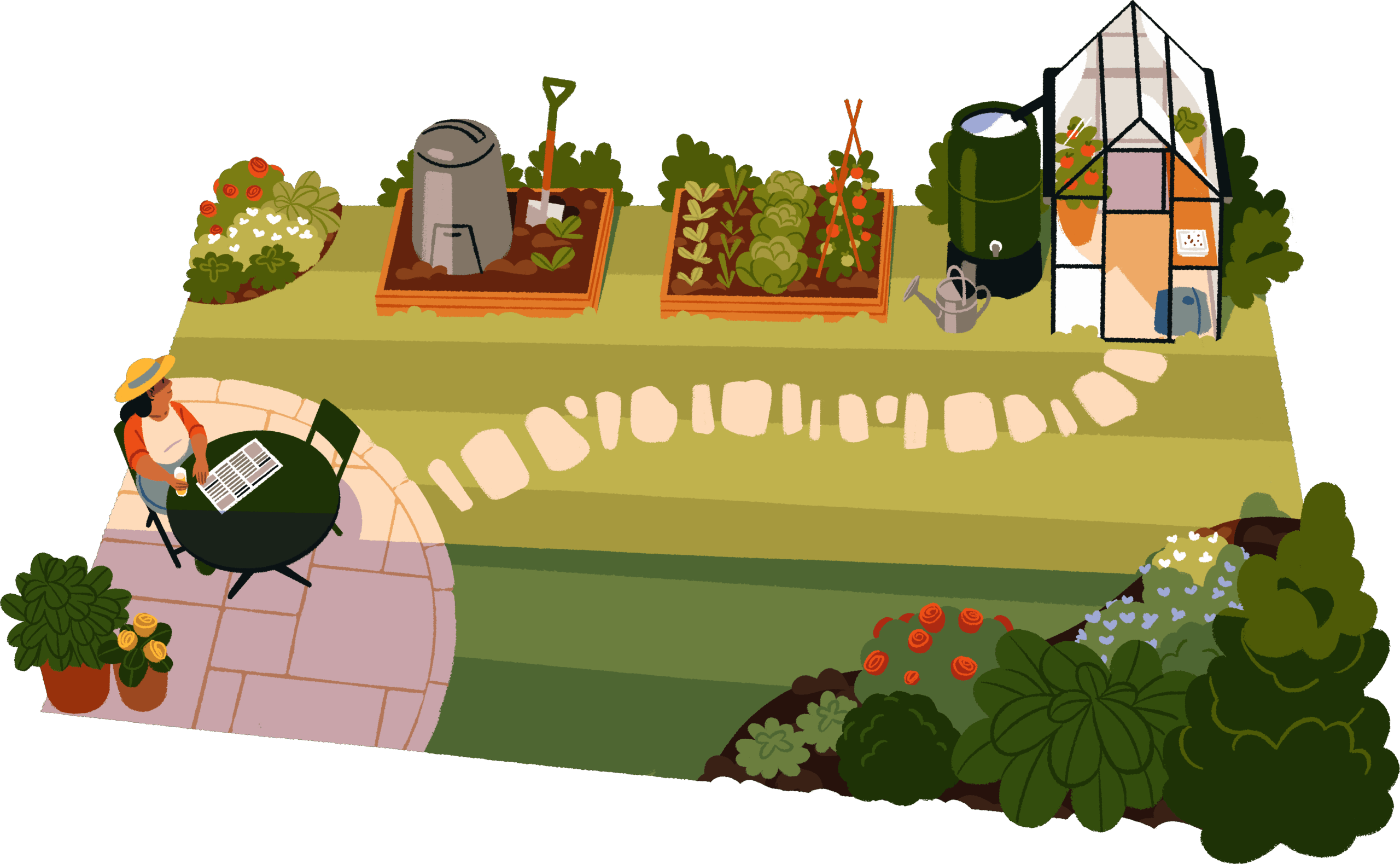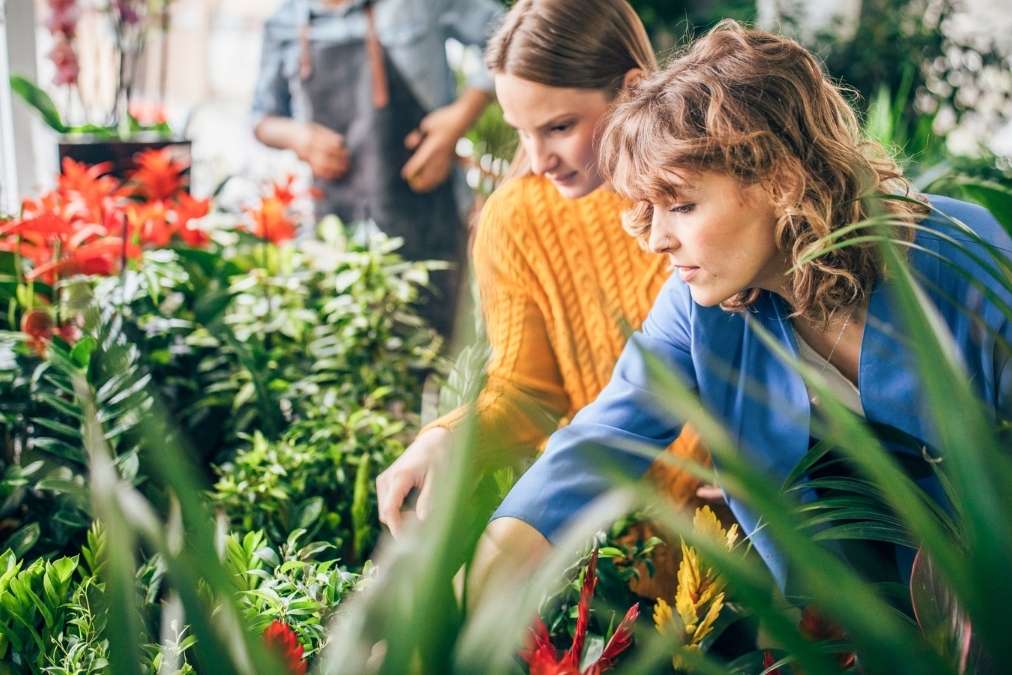
The vast expanse of arid regions, often characterized by their sun-drenched landscapes and scarcity of water, might seem like an unlikely canvas for lush greenery. However, with a thoughtful and sustainable approach, these challenging environments can be transformed into thriving oases. Sustainable landscaping in arid regions isn’t just about aesthetics; it’s a crucial practice that conserves precious resources, supports local ecosystems, and creates beautiful, resilient outdoor spaces. This comprehensive guide delves into the principles, practices, and plant selections that will empower you to create a stunning and sustainable landscape in even the driest of climates.
Understanding the Challenges of Arid Landscaping
Before embarking on any landscaping project in an arid region, it’s essential to understand the specific challenges you’ll face. These environments are defined by:
- Low Rainfall: This is the defining characteristic. Water is a precious commodity, and conservation is paramount.
- High Temperatures: Intense sunlight and heat can lead to rapid water evaporation and stress on plants.
- Poor Soil Quality: Soils are often sandy, rocky, or compacted, with low organic matter content, making it difficult for plants to thrive.
- Strong Winds: Wind can exacerbate water loss and damage plants.
- Sunlight Exposure: Prolonged exposure to the sun can be detrimental to certain plants.
Ignoring these factors can lead to a landscape that is not only unsustainable but also requires constant maintenance and excessive water usage. The key to success lies in adapting your landscaping practices to the specific conditions of your site.
The Principles of Sustainable Landscaping in Arid Regions
Sustainable landscaping is built upon a foundation of core principles that guide responsible resource management and environmental stewardship. Applying these principles ensures a landscape that is both beautiful and ecologically sound:
Water Conservation
This is the cornerstone of arid landscaping. Every design decision should prioritize water efficiency. This includes:
- Xeriscaping: This is a landscaping method that uses drought-tolerant plants, efficient irrigation, and water-wise design principles to minimize water consumption.
- Rainwater Harvesting: Collecting rainwater for irrigation can significantly reduce your reliance on municipal water sources.
- Greywater Systems: Utilizing greywater from showers, sinks, and laundry for irrigation is another effective way to conserve water.
- Efficient Irrigation Systems: Employing drip irrigation and soaker hoses delivers water directly to plant roots, minimizing water waste through evaporation.
- Proper Plant Selection: Choosing plants that are adapted to arid climates is crucial for water conservation.
Soil Health Improvement
Healthy soil is essential for plant growth and water retention. Improving soil quality involves:
- Soil Testing: Understanding your soil’s composition and nutrient levels is the first step.
- Adding Organic Matter: Incorporating compost, aged manure, or other organic materials improves soil structure, water retention, and nutrient availability.
- Mulching: Applying mulch around plants helps retain moisture, suppress weeds, and regulate soil temperature.
- Avoiding Soil Compaction: Minimize foot traffic and avoid heavy machinery on the soil to maintain its structure.
Plant Selection
Choosing the right plants is critical for success in arid landscapes. Opt for species that are naturally adapted to dry conditions. Consider the following:
- Native Plants: These plants are perfectly adapted to the local climate and require minimal water and maintenance.
- Drought-Tolerant Varieties: Look for plants that are known for their ability to withstand dry conditions.
- Sun and Shade Requirements: Match plant needs to your site’s sunlight exposure.
- Plant Spacing: Allow adequate space for plants to grow and thrive.
Erosion Control
Protecting against soil erosion is important, especially in areas with slopes or strong winds. Implement the following measures:
- Terracing: Creating level platforms on slopes can reduce runoff and erosion.
- Groundcover Plants: Planting groundcover helps stabilize soil and prevent erosion.
- Mulching: Mulch also helps to prevent soil erosion.
- Windbreaks: Planting trees or shrubs can help to break the wind and protect the soil.
Pest and Disease Management
Preventing and managing pests and diseases is important for maintaining a healthy landscape. Employ the following strategies:
- Choose Resistant Plants: Select plants that are less susceptible to pests and diseases.
- Encourage Beneficial Insects: Create a habitat that encourages beneficial insects that prey on pests.
- Avoid Pesticides: Use organic methods for pest control.
- Monitor Regularly: Check your plants regularly for any signs of pests or diseases.
Planning and Design: The Blueprint for Success
Successful sustainable landscaping in arid regions starts with careful planning and design. Consider these key aspects:
Site Analysis
Thoroughly assess your site before you begin. This includes:
- Sun Exposure: Note the amount of sunlight different areas receive throughout the day.
- Soil Type: Conduct a soil test to determine its composition and nutrient levels.
- Wind Patterns: Observe wind direction and intensity.
- Existing Vegetation: Identify any existing plants and their condition.
- Drainage: Assess drainage patterns to prevent waterlogging.
Design Principles
Apply these design principles to create a functional and aesthetically pleasing landscape:
- Zoning: Group plants with similar water requirements together.
- Grouping Plants: Group plants with similar needs together to simplify watering and maintenance.
- Hardscaping: Incorporate hardscape elements like patios, pathways, and walls to create visual interest and reduce the need for extensive planting.
- Color and Texture: Use a variety of colors and textures to create visual interest.
- Scale and Proportion: Consider the size and proportion of plants in relation to the space.
Plant Selection Guide
Selecting the right plants is crucial for a thriving, sustainable landscape. Here are some examples of plants that are well-suited for arid regions:
- Trees:
- Desert Willow (Chilopsis linearis)
- Palo Verde (Parkinsonia microphylla)
- Mesquite (Prosopis spp.)
- Shrubs:
- Texas Sage (Leucophyllum frutescens)
- Rosemary (Rosmarinus officinalis)
- Lavender (Lavandula spp.)
- Perennials:
- Coneflower (Echinacea purpurea)
- Blanket Flower (Gaillardia spp.)
- Sedum (Sedum spp.)
- Grasses:
- Blue Grama Grass (Bouteloua gracilis)
- Muhly Grass (Muhlenbergia spp.)
- Feather Grass (Stipa tenuissima)
- Groundcovers:
- Creeping Thyme (Thymus serpyllum)
- Ice Plant (Delosperma spp.)
- Stonecrop (Sedum spp.)
Always research the specific needs of each plant before incorporating it into your landscape. Consider factors such as sunlight requirements, soil preferences, and mature size.
Implementing Sustainable Practices: Step-by-Step Guide
Once you have a plan, it’s time to put your sustainable landscaping vision into action. Here’s a step-by-step guide:
1. Site Preparation
Before planting, prepare your site by:
- Clearing the Area: Remove any existing vegetation, debris, and obstacles.
- Improving Soil: Amend the soil with organic matter like compost or aged manure.
- Grading: Grade the land to improve drainage and prevent erosion.
2. Irrigation System Installation
Install an efficient irrigation system such as:
- Drip Irrigation: This is the most water-efficient option, delivering water directly to plant roots.
- Soaker Hoses: These are another good option for watering plants at their base.
- Sprinklers (Use Sparingly): If you must use sprinklers, choose low-angle spray heads that minimize water loss through evaporation and only water in the early morning or late evening.
3. Planting
Plant your chosen species according to their specific requirements. Consider:
- Planting Time: Plant during the cooler months of the year (fall or early spring) to minimize stress on plants.
- Spacing: Allow adequate space for plants to grow and mature.
- Watering: Water newly planted plants deeply and regularly until they are established.
4. Mulching
Apply a layer of mulch around your plants. This will help retain moisture, suppress weeds, and regulate soil temperature. Choose from:
- Organic Mulch: Wood chips, shredded bark, or compost are good choices.
- Inorganic Mulch: Gravel or rock can also be used, especially in areas with high sun exposure.
5. Ongoing Maintenance
Sustainable landscaping requires ongoing maintenance, including:
- Watering: Water plants only when necessary, and always water deeply.
- Weeding: Remove weeds regularly to prevent them from competing with your plants for water and nutrients.
- Pruning: Prune plants as needed to maintain their shape and health.
- Fertilizing: Use organic fertilizers sparingly, as needed.
Water Harvesting and Greywater Systems: Maximizing Water Efficiency
To further enhance water conservation, consider implementing water harvesting and greywater systems.
Rainwater Harvesting
Collecting rainwater is a highly effective way to reduce your dependence on municipal water. The process involves:
- Collecting Surfaces: Roofs are the most common collection surfaces.
- Gutters and Downspouts: Direct rainwater from your roof to a storage container.
- Storage Tanks: Choose a storage tank that is appropriate for your needs.
- Filtration: Filter the water to remove debris and contaminants.
- Distribution: Use the collected water for irrigation.
Greywater Systems
Greywater systems recycle water from non-potable sources like showers, sinks, and laundry. They can significantly reduce water consumption.
- System Types: Choose between simple, DIY systems or more complex, professionally installed systems.
- Water Sources: Identify the sources of greywater in your home.
- Filtration: Filter the greywater to remove solids and contaminants.
- Distribution: Use the treated greywater for irrigation, preferably subsurface.
- Regulations: Check local regulations regarding greywater use.
Hardscaping Elements: Enhancing Aesthetics and Functionality
Hardscaping elements can enhance both the beauty and functionality of your arid landscape. Consider these options:
- Patios and Walkways: Use materials like stone, gravel, or pavers to create patios and walkways.
- Walls and Fences: Build walls or fences to define spaces, provide privacy, and protect against wind.
- Water Features (Consider Carefully): If you choose to include a water feature, opt for a recirculating system to minimize water waste.
- Outdoor Kitchens and Living Areas: Design outdoor living areas to make the most of your space.
Dealing with the Challenges: Troubleshooting Common Issues
Even with careful planning, you may encounter challenges in your arid landscape. Here’s how to address some common issues:
Watering Issues
- Overwatering: This can lead to root rot. Allow the soil to dry out between waterings.
- Underwatering: This can cause plants to wilt and die. Water deeply and regularly, especially during hot weather.
- Inefficient Irrigation: Check your irrigation system for leaks and ensure that it is delivering water to the plant roots effectively.
Pest and Disease Problems
- Pests: Identify the pests and use organic control methods to manage them.
- Diseases: Identify the disease and take steps to prevent its spread.
Soil Problems
- Compacted Soil: Aerate the soil to improve drainage and aeration.
- Poor Drainage: Improve drainage by adding organic matter and amending the soil.
The Benefits of Sustainable Landscaping in Arid Regions
Embracing sustainable landscaping practices in arid regions offers a multitude of benefits, both for the environment and for you:
- Water Conservation: Reduce your water consumption and conserve this precious resource.
- Reduced Water Bills: Lower your water bills by using less water.
- Environmental Benefits: Support local ecosystems and reduce your environmental impact.
- Aesthetic Appeal: Create a beautiful and unique outdoor space.
- Increased Property Value: Enhance the value of your property.
- Reduced Maintenance: Drought-tolerant plants require less maintenance.
- Improved Air Quality: Plants help to purify the air.
- Wildlife Habitat: Create a habitat for birds, butterflies, and other wildlife.
Creating Your Own Oasis: Inspiration and Resources
Ready to embark on your sustainable landscaping journey? Here’s how to get started:
- Research: Learn about the specific plants and techniques that are best suited for your region.
- Consult with Experts: Seek advice from local landscape designers, nurseries, and gardening experts.
- Visit Demonstration Gardens: See examples of sustainable landscaping in action.
- Join Gardening Clubs: Connect with other gardeners and share ideas.
- Online Resources: Explore websites, blogs, and forums dedicated to sustainable landscaping.
By embracing the principles of sustainable landscaping, you can transform arid regions into vibrant and thriving outdoor spaces. With careful planning, plant selection, and a commitment to conservation, you can create a beautiful, resilient, and ecologically sound landscape that will bring you joy for years to come. The journey may require some initial effort, but the rewards – a stunning, water-wise oasis – are well worth it. Embrace the challenge, and discover the beauty and resilience that sustainable landscaping can bring to your arid-region home.



